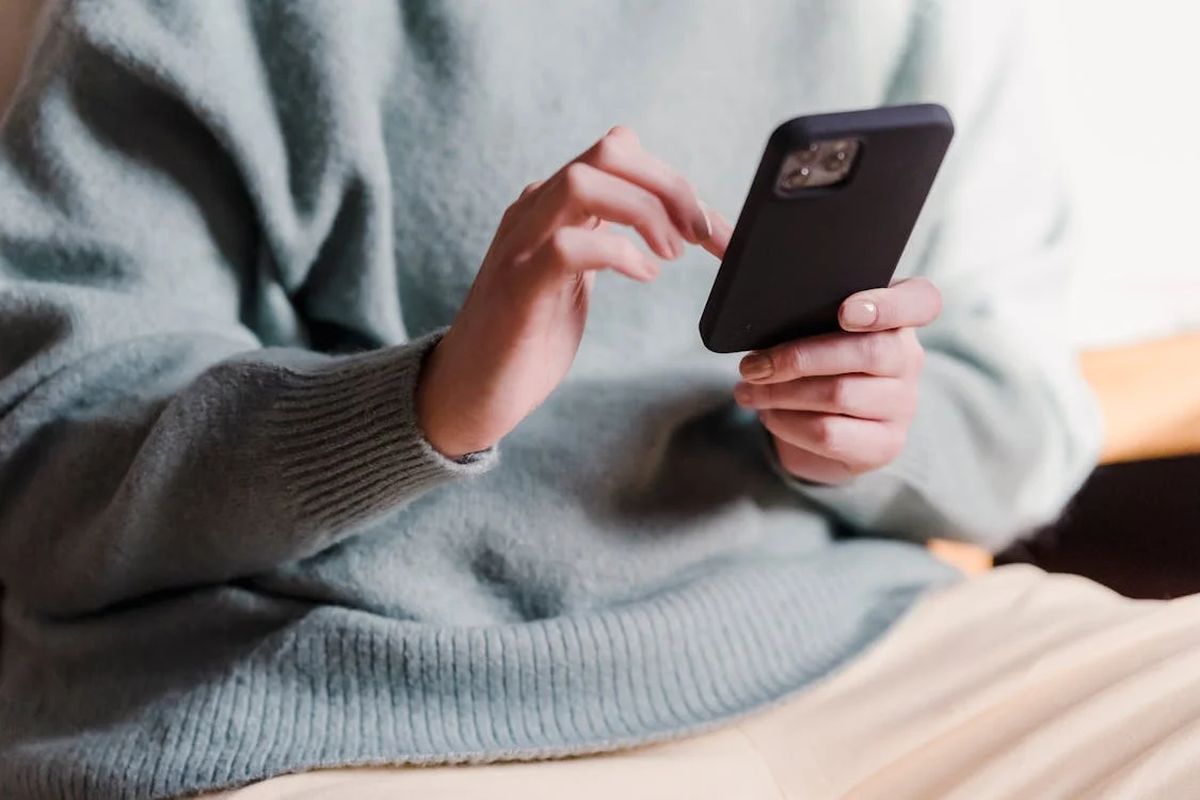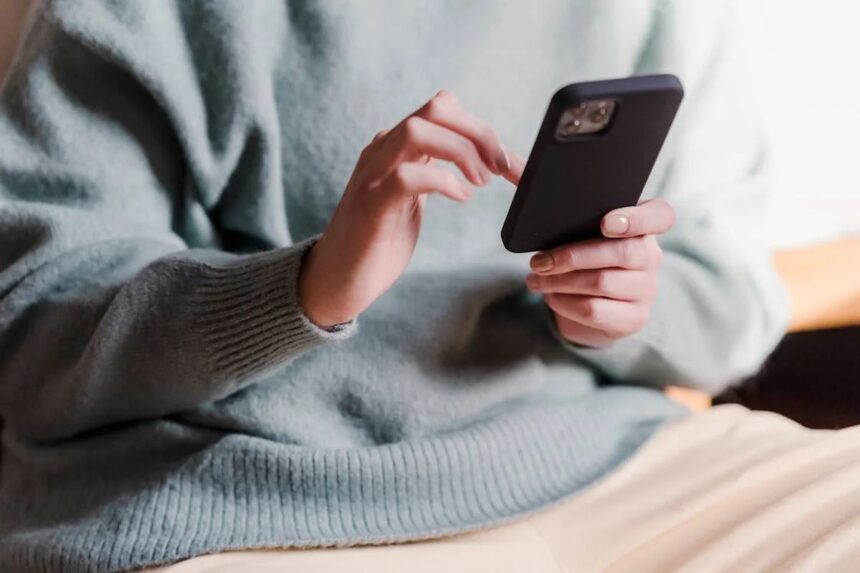
Gmail is set to transition from SMS text message codes for authentication to QR codes, aiming to enhance security and reduce risks associated with SMS-based verification according to an exclusive Forbes article. This change comes in response to growing concerns about SMS vulnerabilities and cybercriminal activities.
Gmail’s move away from SMS codes
Gmail spokesperson Ross Richendrfer stated that the service intends to eliminate SMS messages for authentication in favor of QR codes. Richendrfer emphasized the importance of this shift in combating “rampant, global SMS abuse.” Currently, SMS verification is used for two primary purposes: security verification and abuse control.
According to Richendrfer, SMS codes can be easily phished, and users may not always have access to the device receiving the codes. Furthermore, SMS relies heavily on the security practices of mobile carriers. If fraudsters manage to trick carriers into gaining access to users’ phone numbers, the security benefits of SMS authentication are compromised.
Gmail has also identified a fraudulent practice known as traffic pumping, wherein criminals create large volumes of Gmail accounts to distribute spam and malware. This tactic utilizes SMS verification codes as a means to generate fraudulent SMS messages, costing service providers significantly.
This AI scam can wipe out your bank account—just by hacking your Gmail
Transition to QR code authentication
Over the next few months, Google plans to reimagine phone number verification, moving from a system where users enter their phone number to one where a QR code is displayed for scanning with a camera app on their phone. This transition promises to reduce the risk of phishing, given that users will not have any code to share with potential attackers.
Richendrfer noted that the introduction of QR codes could significantly mitigate the risks associated with SMS codes and reduce vulnerabilities linked to carrier reliance for anti-abuse measures. Google has not provided a specific timeline for when these changes will be implemented, but further updates are expected soon.
Featured image credit: Tim Samuel/Pexels





